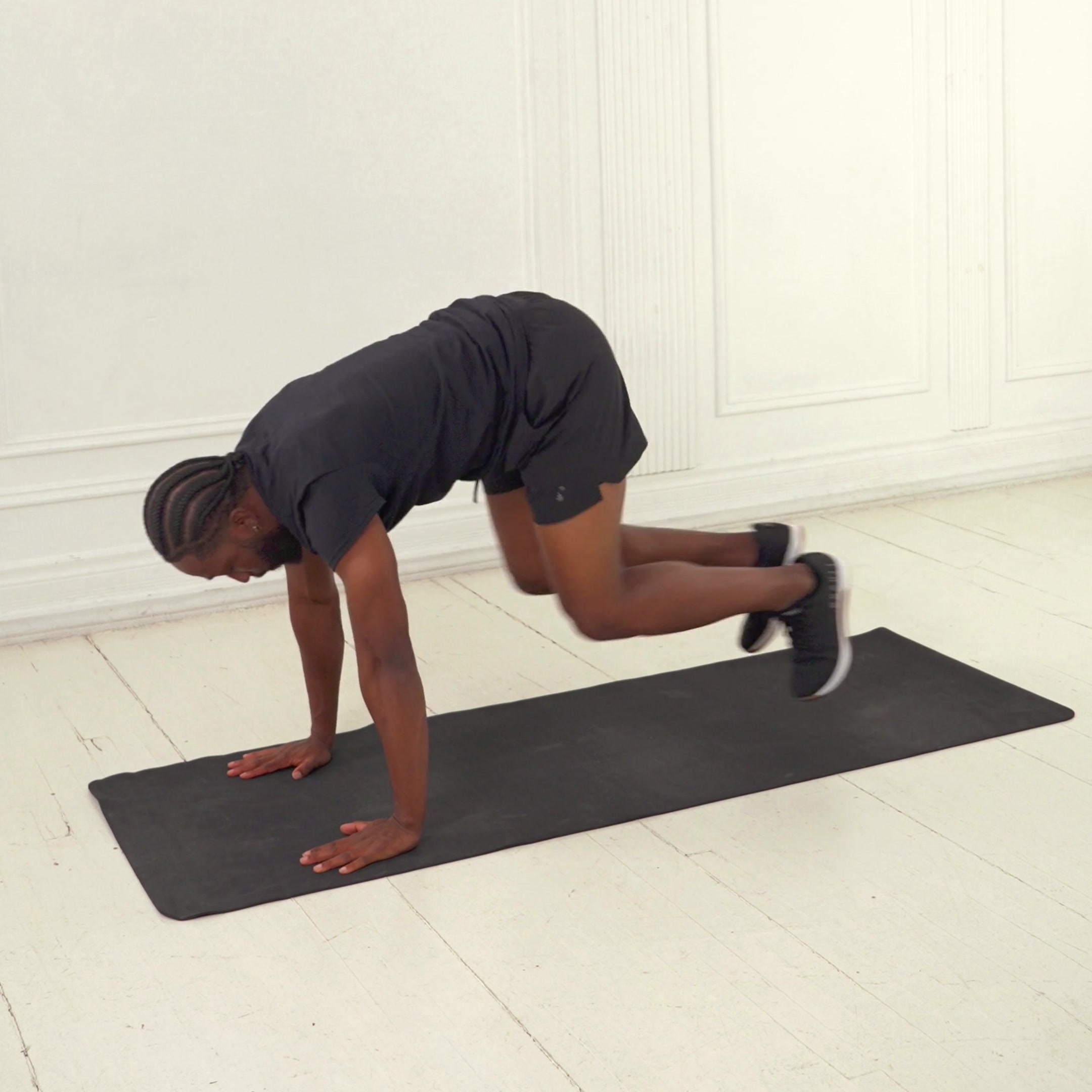Mountain Pose
Foundational standing yoga pose that engages the full body for alignment, posture, and balance; serves as a base for other standing postures to build stability and body awareness.
About Exercise
Equipment
Body Weight
Difficulty
1/5 • Beginner
Primary Muscle Groups
Quads
Secondary Muscles
Lower Back
Popularity Score
8
Goals
Training Style
Setup Requirements
Requires Rack
No
Requires Bench
No
Requires Spotter
No
Space Needed
Small
Noise Level
Low
Muscle Breakdown
View Muscle MapQuads
8/10Rectus Femoris, Vastus Lateralis, Vastus Medialis
Calves
7/10Gastrocnemius, Soleus
Glutes
6/10Glute Max, Glute Medius
Abs
6/10Rectus Abdominis, Transverse Abdominis
Lower Back
5/10Erector Spinae
Programming
Typical Rep Range
5-60 reps
Rest Between Sets
30-60 seconds • Transition directly to next pose
How to Perform
Stand at the front of your mat with feet together or hip-width apart, weight evenly distributed across all four corners of your feet.
- Spread and lift your toes, then lower them to engage your feet.
- Engage your quadriceps to lift kneecaps, keeping a micro-bend in knees.
- Neutralize your pelvis and engage core to support spine.
- Lengthen spine from crown of head, broadening chest.
- Let arms hang naturally by sides, palms forward.
- Align head over spine, gaze forward softly.
Coaching Tips
Form Cues
- Ground through all foot corners
- Lift kneecaps without locking knees
- Lengthen from base of spine
- Shoulders away from ears
- Core gently engaged
- Gaze soft and forward
Breathing
Inhale to lengthen your spine, exhale to root down through feet and release tension.
Tempo
0-0-0
Range of Motion
From feet grounded fully to crown of head extended upward, maintaining natural spinal curves without hyperextension or slouching.
Safety
Safety Notes
- Avoid if balance disorders or vertigo; use wall support
- Widen stance during pregnancy
- Micro-bend knees if weak joints
- Consult doctor for blood pressure issues
- Modify post-surgery in hips, knees, or spine
- Listen to body to prevent strain
Spotting
No spotting needed; self-supported pose. Use wall or chair for beginners with balance concerns.
Common Mistakes
- Locking knees hyperextending joints
- Rounding or overarching back
- Shifting weight to one foot
- Tensing shoulders upward
- Collapsing chest inward
- Staring rigidly ahead
When to Avoid
- Balance disorders
- Vertigo
- Migraine
- Low or high blood pressure
- Recent hip, knee, or spinal surgery
- Weak knees or ankles
Flexibility Needed
- Ankle dorsiflexion for stable base
- Hip mobility for neutral pelvis
- Shoulder flexion for open chest
Build Up First
- Basic standing balance
- Awareness of natural spinal alignment
Also known as
Tadasana, Samasthiti
Found this helpful?
Share your thoughts or help us improve this guide.
Similar Exercises

Mountain Climber

Bodyweight
Abs

Chair Pose
Bodyweight
Quads

Warrior 2 Pose
Bodyweight
Quads

Jumping Mountain Climber
Bodyweight
Abs

Cross Body Mountain Climber
Bodyweight
Obliques

Mountain Climber with Push-Up
Bodyweight
Chest, Triceps

Mini Loop Band Mountain Climber
Loop Bands
Abs

TRX Mountain Climber
TRX
Abs

Stability Ball Mountain Climbers
Stability Ball
Abs

Balance Trainer Mountain Climber
Balance Trainer
Abs


subscribe to our newsletter
Contact Us
hello@trainfitness.aiFind Us
130 Spadina Avenue, Toronto,
Ontario, M5V 0H4, Canada
©2025 All Rights Reserved
